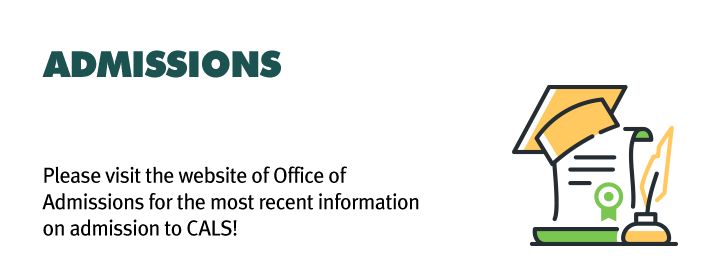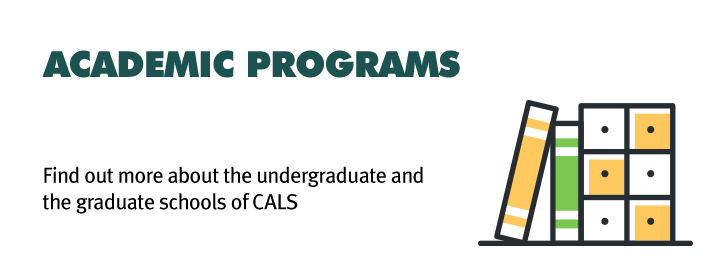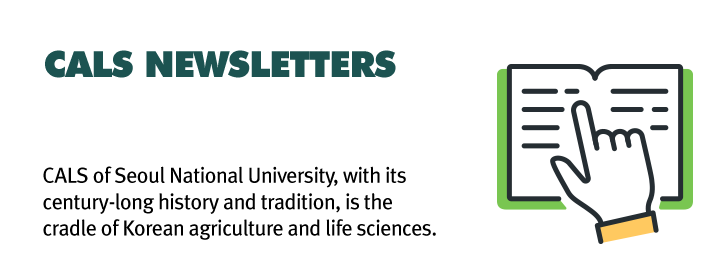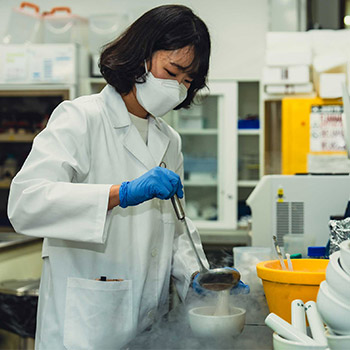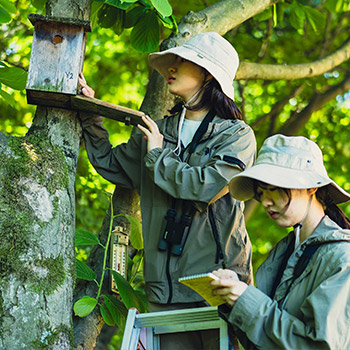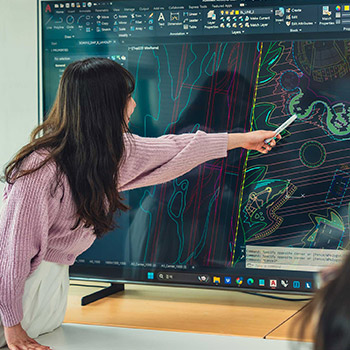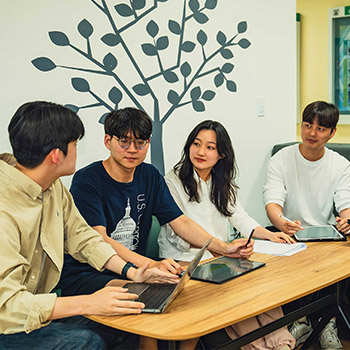
If you are interested in studying your major in-depth, you might want to look into the Creative Research Program that the College of Agriculture and Life Sciences (CALS) offers to undergraduate students. The Creative Research Program provides undergrads with a chance to freely pursue their own research interests. Students find their own topics and faculty mentors for the project and prepare research plans and presentations. Those students whose proposal is accepted receive a KRW 3 million grant, allowing them to get involved in their studies without financial concerns.
To learn more about the program, we interviewed two participants, Hwaryeon Lee (2015 Biomaterials Engineering) and Yoonkeum Oh (2014 Crop Science). Hwarueon is currently working on creating polymer composites with cellulose nano-fibers (conducting polymers and natural polymers), which will be used to produce 3D printing ink with electrical conductivity.
Yoonkeum, a participant in the Crop Molecular Genetics Lab, studies the genetics of transcriptional regulatory factors within rice. Experiments are conducted concerning how the OsCIB1 gene (Oryza sativa cryptochrome-interacting basic helix-loop-helix 1 gene) controls the flowering of rice under different environmental changes, such as day-length
One thing for sure about the Creative Research Program is that entry does not mean an easy road ahead. Students are required to run their projects independently from start to finish. Hwarueon stressed the difficulties of planning and proceeding with experiments as an undergraduate.
“One thing you should not forget when applying for the Creative Research Program is that nobody is there to spoon-feed you. [...] In undergraduate experiment classes, the ideal outcome and protocols are given and students can turn to their TAs (teacher assistants) for guidance. However, the Creative Research Program is a completely different story. Grad students and professors can provide guidance to some degree, but you are the one who makes the decisions. For example, when I came across an unexpected result that could not be explained by theory, I had to find the answers myself, going through the protocol step-by-step and taking different approaches to interpret the data.” There certainly seemed to be difficulties engaging in graduate-level experiments, but there was also progress and development as participants overcame these challenges and took a step closer to becoming researchers.
“I believe the Creative Research Program is a great opportunity for students who are interested in R&D careers after graduation.” said Hwarueon. Our interview with Hwarueon and Yoonkeum suggests that students participating in the program will get a sneak peek into what a real lab environment is like. Yoonkeum shared his experience with us. “I learned that the process of experimenting and waiting for the results is much more time-consuming than I thought. To ensure reliable results, we had to observe the experimental procedures and practice them repeatedly.” Such hands-on experience in research encouraged the students to think deeper about their career paths. “Through this program, I understood what I need to work on and what I need to give up to achieve my dream of becoming a scientist.” Yoonkeum finished the interview by encouraging others to take part in the Creative Research Program and CALS’ other Student Capacity Building Programs: “Get the most out of the research programs CALS offers you. I have seen several students give up during the application process, thinking they will not be selected. However, I believe CALS programs are much more open to students than many of us think. So don’t give up and just show some enthusiasm!"
By Junsoo Kim / Minji Kim
Student reporters, CALS


